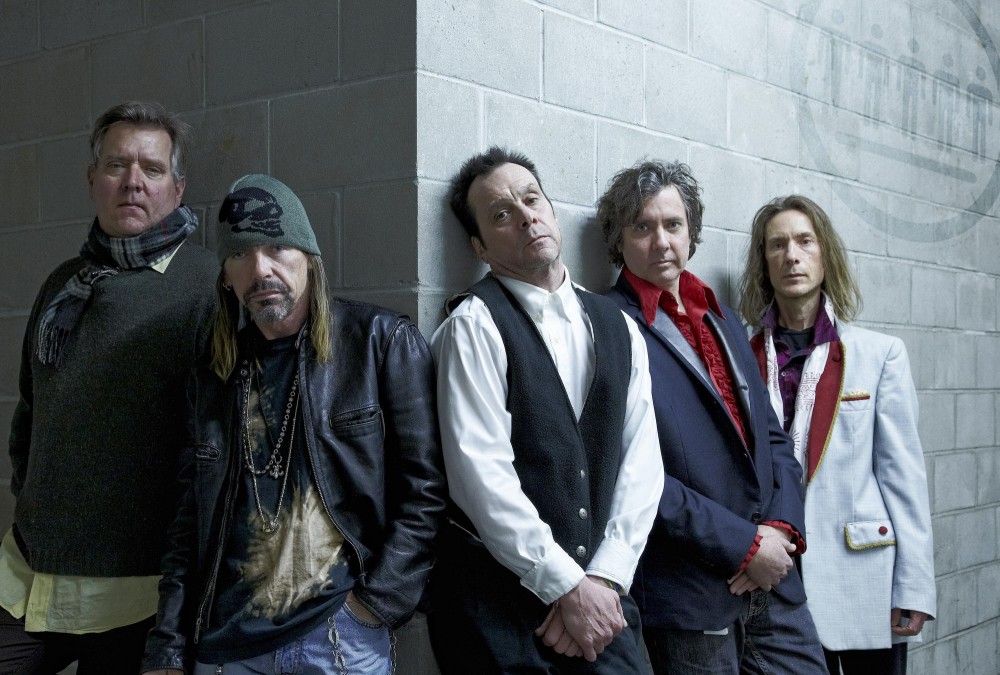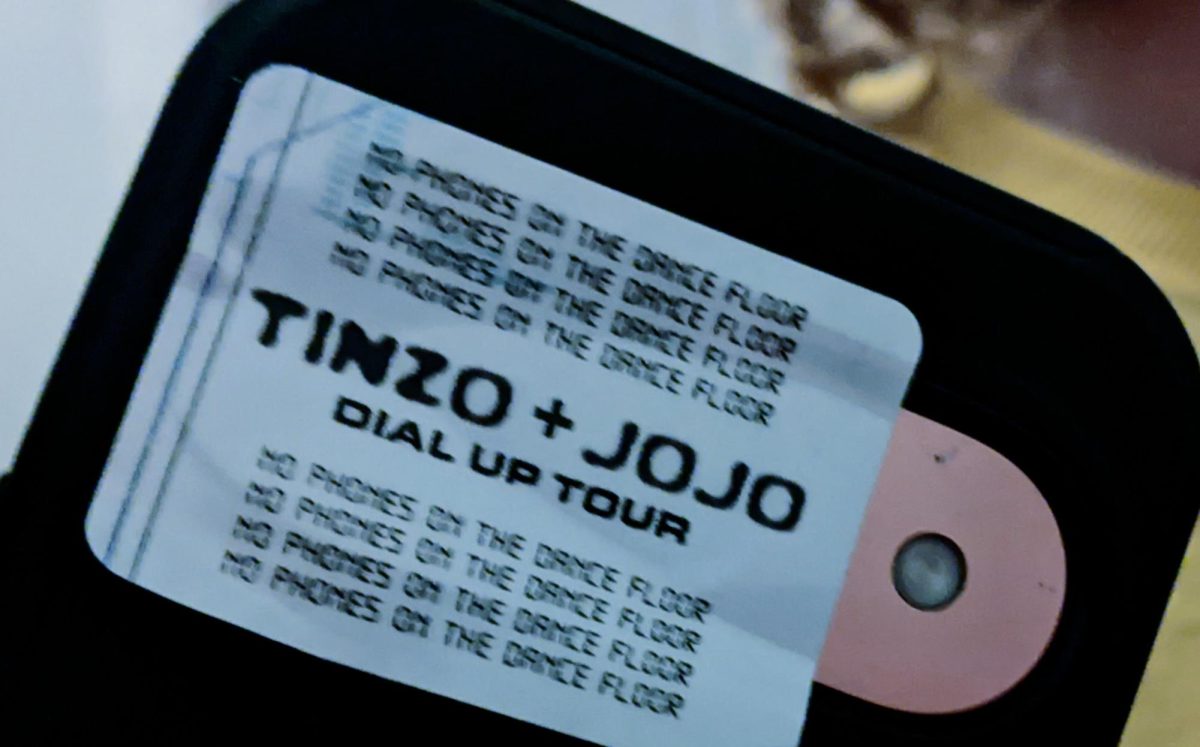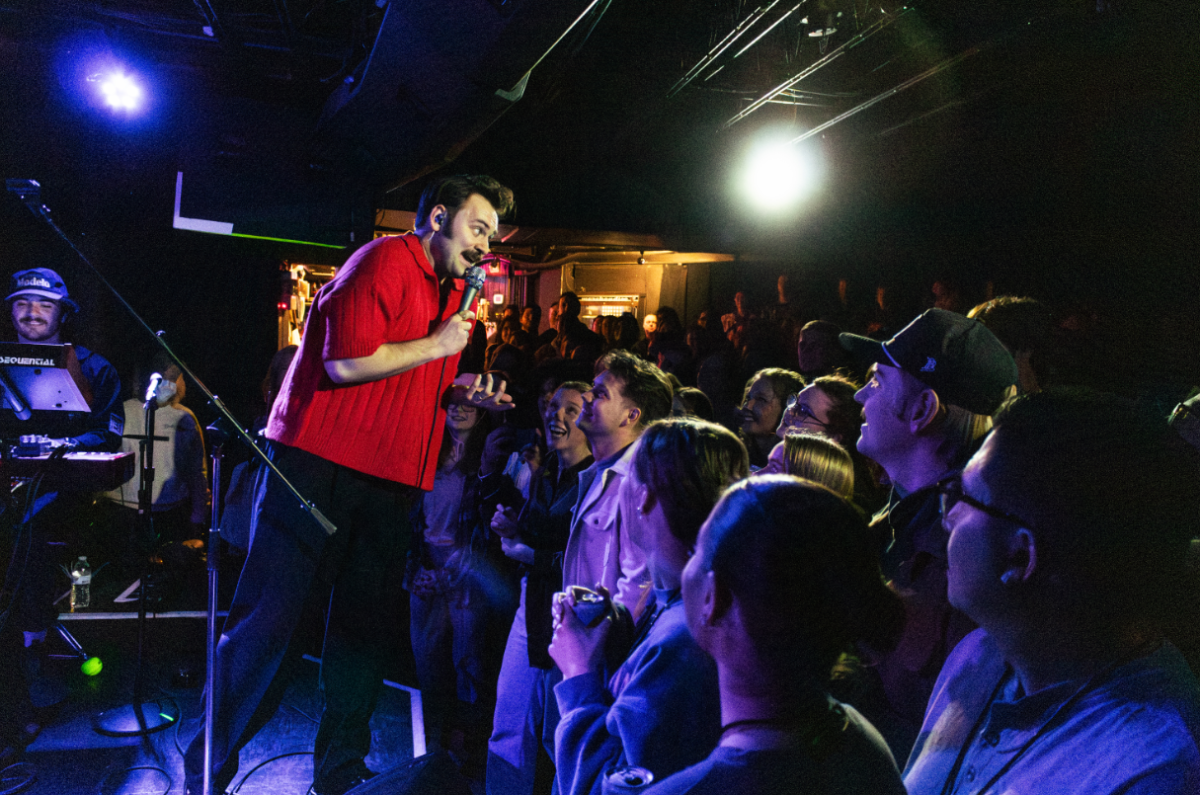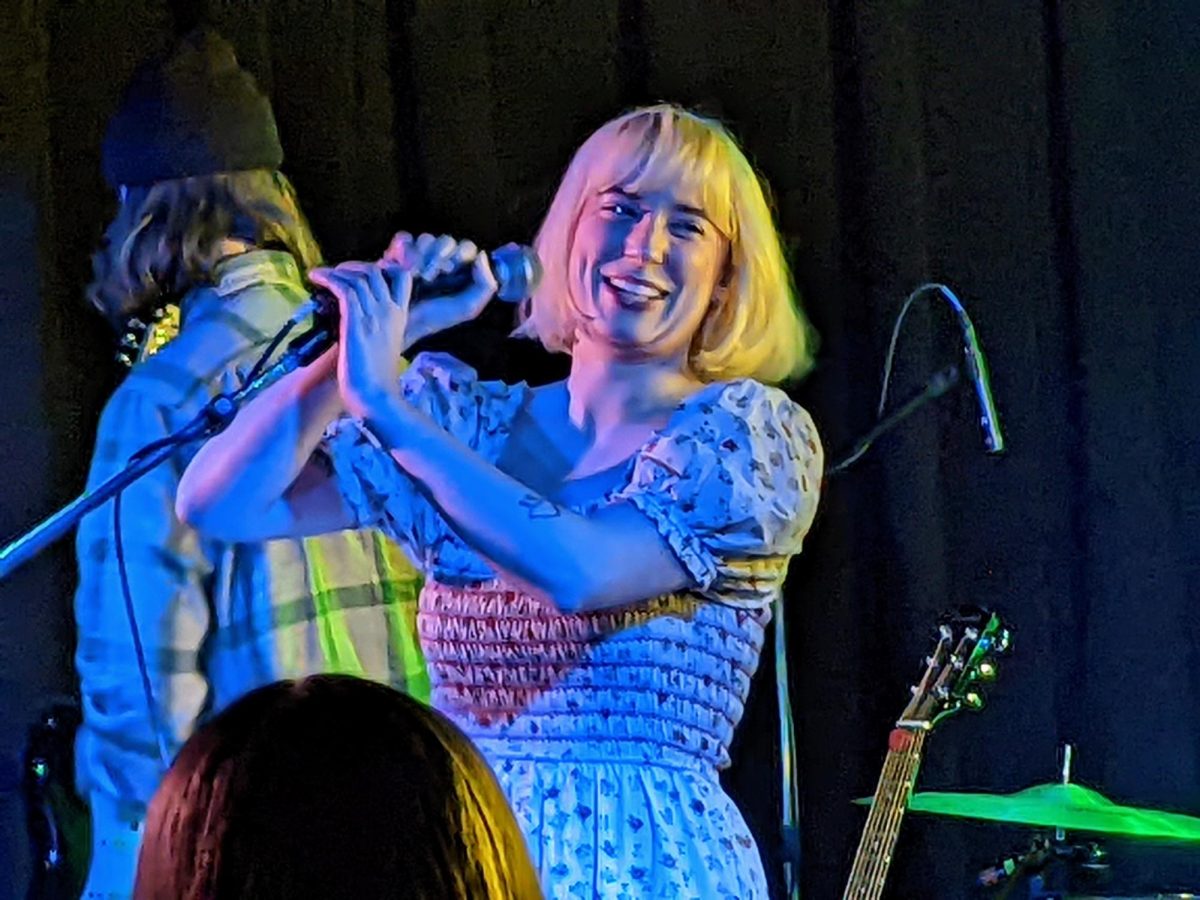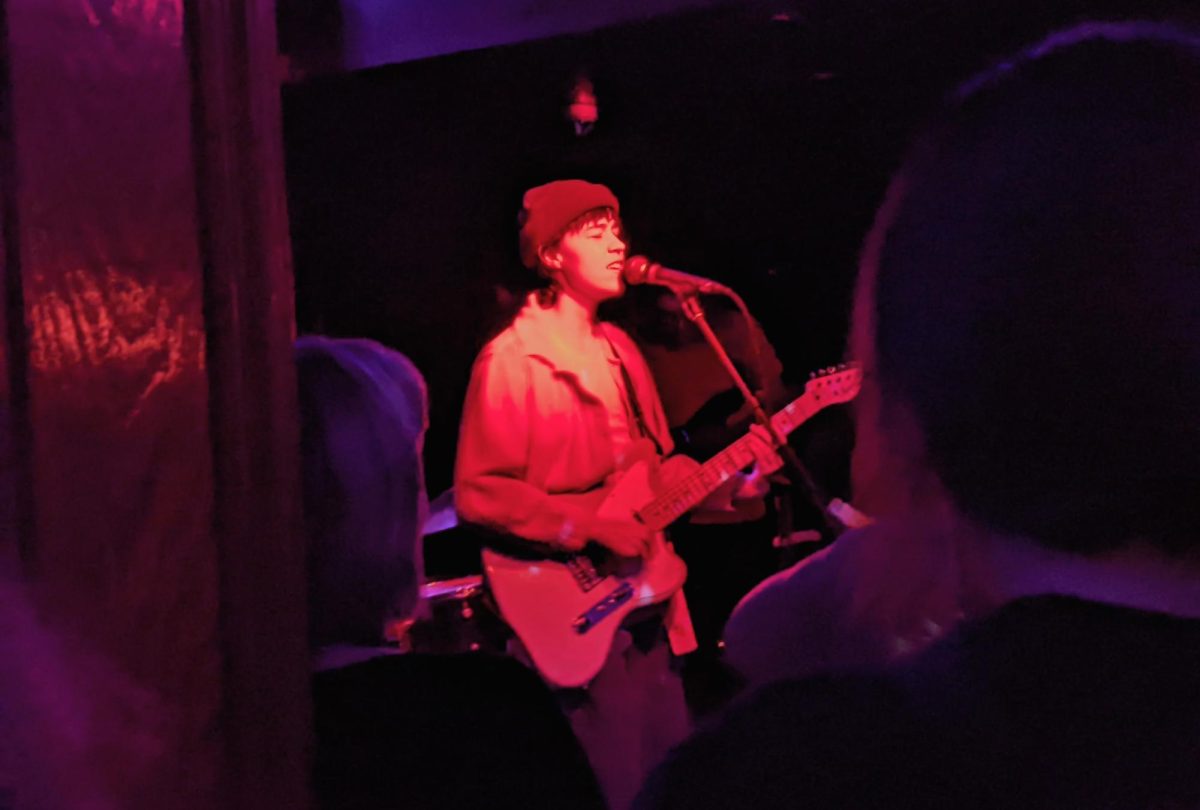What: The Suburbs
When: 8 p.m., Friday and Saturday
Where: The Cabooze, 917 Cedar Ave. S., Minneapolis
Cost: $20
In a non-descript warehouse in Northeast Minneapolis, a band conceived in 1977 practices their inventive brand of rock that helped define the Minneapolis sound in the âÄôâÄò80s. The room the four members occupy is littered with amps and monitors. Peeled wallpaper accompanies outdated studio equipment while the band steps over cords to take a break. With a grin, Blaine John âÄúBeejâÄù Chaney compares the space to a dogâÄôs house.
âÄúWeâÄôve got this little kennel here,âÄù Chaney said. âÄúWe try not to pee on the area weâÄôre in.âÄù
âÄúThatâÄôs why they put this new carpet in,âÄù musician Pete Fleming added.
The Suburbs, one of the prominent acts during MinneapolisâÄô rising music scene in the early 1980s, indefinitely shaped the sound of rock with energetic rhythms and optimistic lyrics. Humor like ChaneyâÄôs pee-related quip always found its way into their material. One early song called âÄúChemistry SetâÄù consisted of members Bruce Allen and Chaney singing, âÄúIâÄôm into chemistry and thatâÄôs about it.âÄù
Along with Hüsker Dü, The Replacements and The Suicide Commandos, The Suburbs achieved limited national popularity with songs like âÄúRattle My BonesâÄù but left a lasting influence with their combination of punk and new wave.
Known for bouncy hooks combining funk, disco and new wave, The Suburbs signed to Mercury Records in 1984 to make the classic âÄúLove is the Law.âÄù Produced by the âÄúFunkytownâÄú composer Steven Greenberg, the album remains a blueprint for contemporary bands like The Drums or The Ting Tings seeking the lively pop-oriented immediacy inherent in The SuburbsâÄô sound.
âÄúIt was a long time ago so we were almost inventing it âÄî that kind of insanity. And then it spread to all these other bands,âÄù Chaney said.
After the death of founding member Bruce Allen in 2009 due to complications from surgery, the band played a tribute concert at First Avenue for the guitarist and vocalist. As a visual artist, Allen designed the bandâÄôs iconic logo of five men âÄî resembling symbols to a restroom âÄî surrounded by a circle. Allen also helped design the album cover for The ReplacementsâÄô seminal album âÄúLet it Be.âÄù
ItâÄôs been almost two years since Allen passed, but Chaney admits he still finds it strange to play without his deceased friend.
âÄúI get these little lumps in my throat when we go into these choruses,âÄù Chaney said.
Embracing the new music scene may not come easy for a band so entrenched in the distinct sounds of their time, but original member and drummer Hugo Klaers appreciates the new crop of talent.
âÄúIt seems like thereâÄôs more camaraderie in the sense that guys are playing with each other, whereas in the âÄô80s it was everyone got their own band and just wanted to be super successful,âÄù Klaers said, âÄúAnd now everyone just wants to play.âÄù
That energy Klaers describes translates to the new iteration of The Suburbs. Fleming and guitarist/vocalist Steve Brantseg add fresh energy into a veteran band that could have very well have suffered from stagnancy after the death of Allen.
âÄúI think we became more serious when they joined about continuing and keeping playing, whereas before we were just getting together and doing shows,âÄù Klaers said.
The continued support behind The Suburbs speaks to the musicâÄôs timelessness. Devoted followers attend each show. Sustaining the vitality of The SuburbsâÄô days at the Longhorn Bar in the âÄô80s, the bandâÄôs characteristic sound continues to inspire audiences.
âÄúThe fans of this band are just unbelievable,âÄù Brantseg said. âÄúThe energy that comes out of the crowd literally hoists the band up to another level.âÄù


